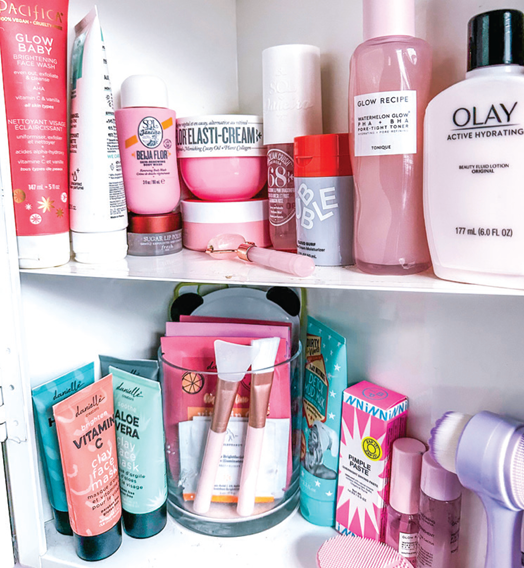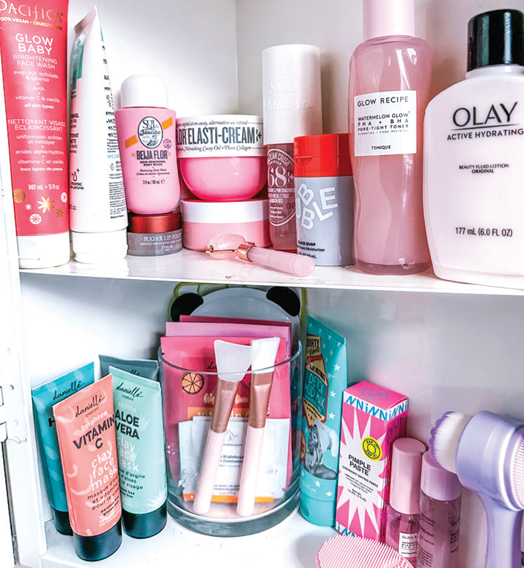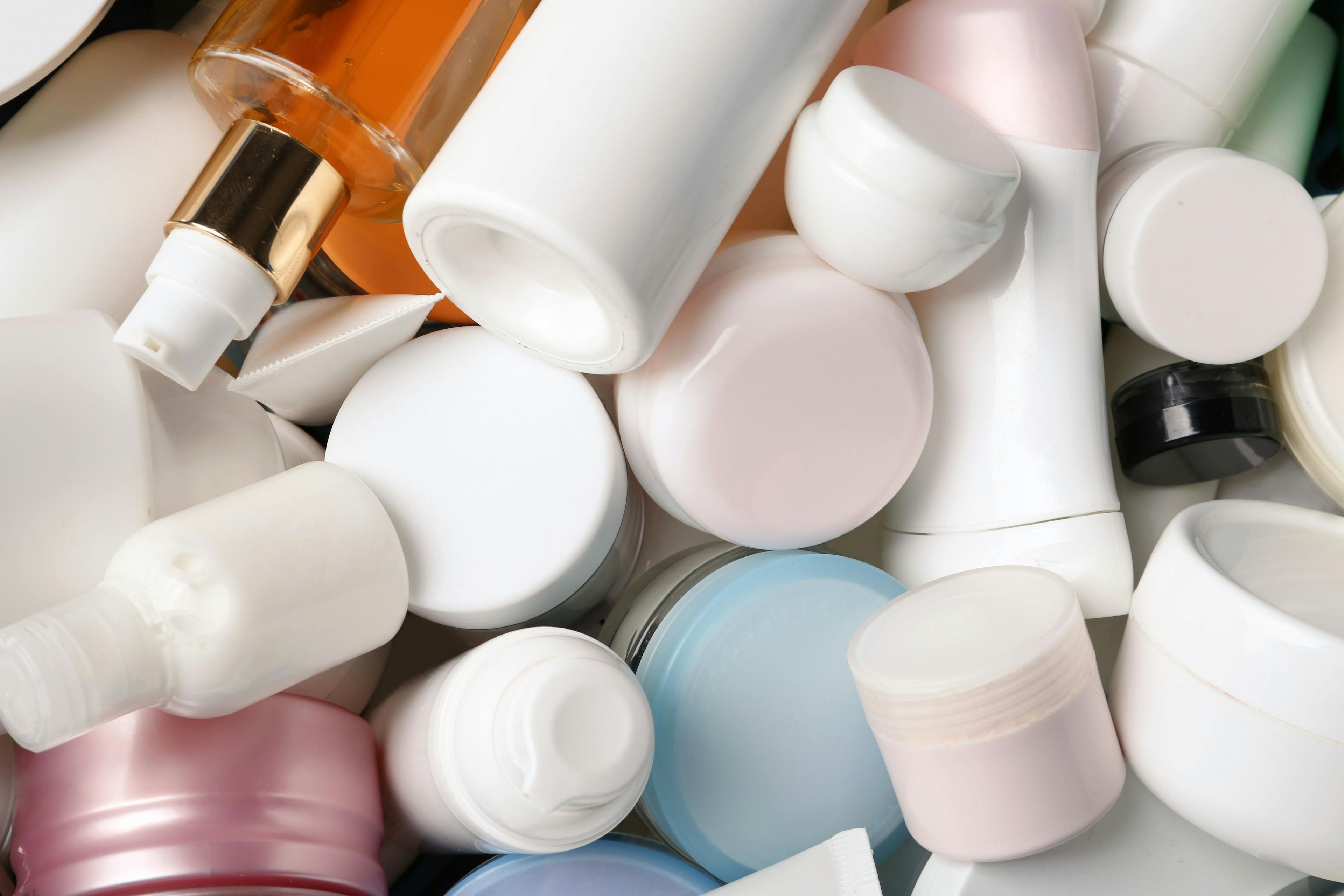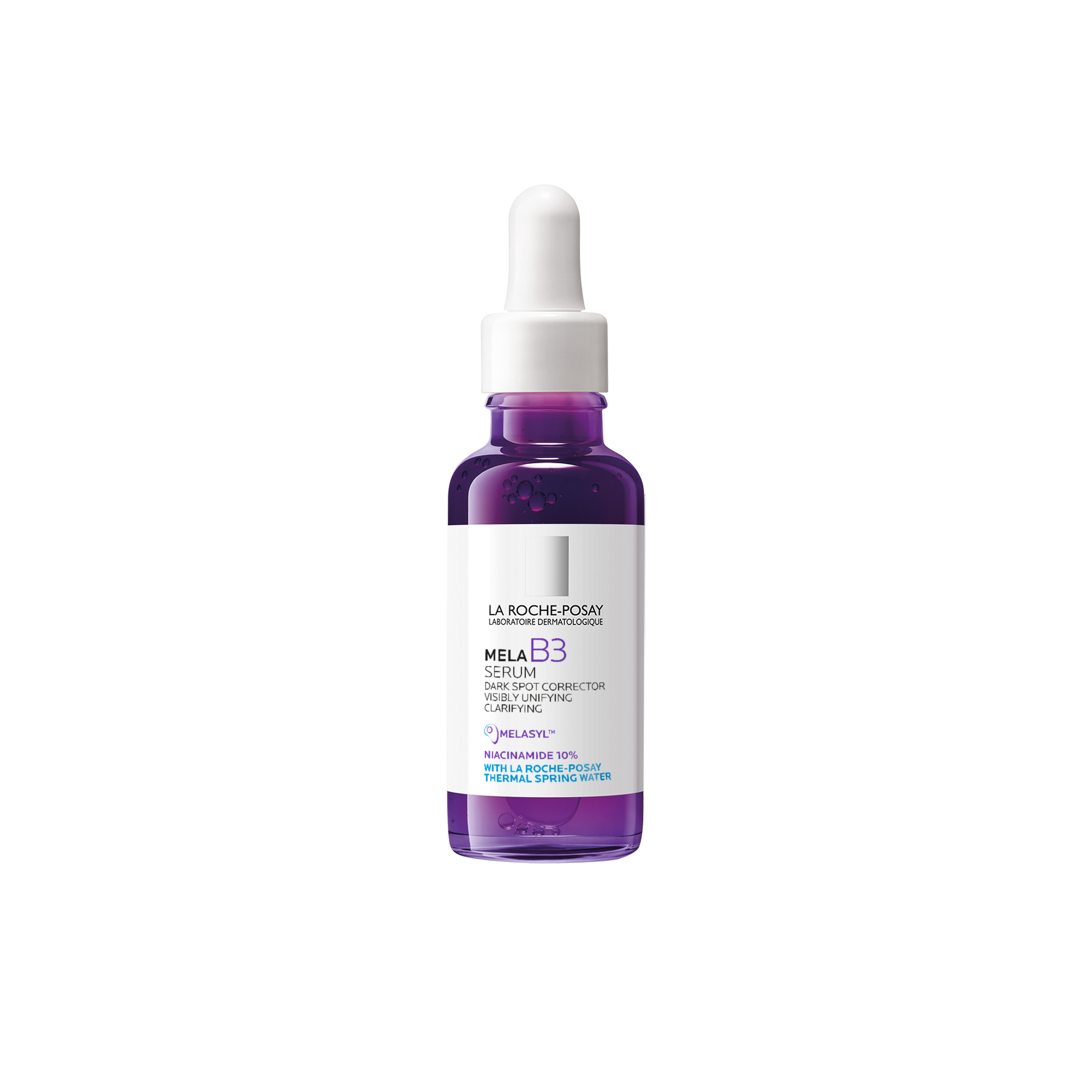
- Acne
- Actinic Keratosis
- Aesthetics
- Alopecia
- Atopic Dermatitis
- Buy-and-Bill
- COVID-19
- Case-Based Roundtable
- Chronic Hand Eczema
- Drug Watch
- Eczema
- General Dermatology
- Hidradenitis Suppurativa
- Melasma
- NP and PA
- Pediatric Dermatology
- Pigmentary Disorders
- Practice Management
- Precision Medicine and Biologics
- Prurigo Nodularis
- Psoriasis
- Psoriatic Arthritis
- Rare Disease
- Rosacea
- Skin Cancer
- Vitiligo
- Wound Care
News
Article
Dermatology Times
Tween Skin Care Mishaps via Misinformation on Social Media
Author(s):
Tween skin care has become a rising trend across social media platforms such as TikTok, and dermatology clinicians are becoming increasingly concerned about misinformation.
Social media is full of information, but it often is a double-edged sword. It is a robust platform that deserves more scrutiny. Social media has the potential to lead consumers down the wrong path and significantly impact what they are using on their skin. Younger generations, such as children and adolescents, are the most vulnerable. Recent trends show adolescents are using antiaging products, having Sephora shopping extravaganzas, and spending $500 to $1000 a month on skin care products that they don’t need. Unfortunately, this leads many of them to the dermatology office to help fix what the products caused: a compromised barrier, acne flares, skin irritation, and rashes. What role do dermatology clinicians play in guiding these vulnerable patients on the right path?
Image of one of Block's 10-year-old patient's skin care products.

Results of a 2018 American Academy of Child and Adolescent Psychiatry survey showed that 90% of teenagers had used social media, with 75% of those surveyed stating that had at least 1 active social media profile, and 51% stating they visited a social media site at least daily. “Two-thirds of teens have their own mobile devices with internet capabilities. On average, teens are online almost 9 hours daily, not including time for homework,” the survey noted.1 We can’t control this, but we can educate the public through social media, at the office, and within the community. A unified voice will make a more significant impact.
What Exactly is Happening?
Because individuals classified as the younger generation (Generation Alpha) have been exposed to social media without many restrictions, they may be easily influenced by questionable older-generation influencers. Trending videos such as “Get Ready With Me” (#GRWM), showcase products such as retinol, vitamin C, exfoliating agents such as α-hydroxy acid (AHA) or β-hydroxy acid (BHA), and other antiaging products that can be harmful to tweens and teens with normal, sensitive skin. However, companies are jumping on the bandwagon, targeting consumers by showing fun, colorful packaging and “must-have” products, which can lead to “trending” skin care that may not agree with one’s skin type. Anything trending on social media may influence the purchasing of many unnecessary products, but only because they go viral, or all their friends use them. Playdates among children of Generation Alpha have morphed into shopping sprees for skin care and creating videos of product use. Parents, of course, purchase these products because the kids “demand” them but, unfortunately, they may be unaware of what the products actually do or include. Who is to blame—the parents, the store salespeople, the influencers? How do we change this dynamic?
Understanding the Why of Skin Care
Nurturing teen and tween skin is the best approach when beginning a skin care routine. “Dermatological problems of adolescence are mainly related to fluctuations in hormone levels, mainly androgens. They include acne, hair problems, and excessive sweating,” according to Bergler-Czop et al.2 However, an individual’s skin also may develop dryness or increased sensitivity from unnecessary antiaging products. Nonetheless, products such as retinol, vitamin C, and exfoliating agents AHA/BHA are superfluous at this age and can wreak havoc on dry, sensitive skin by causing significant disruption in the skin barrier, causing dermatitis, and possibly leading to acne or making acne worse. Unfortunately, many individuals with acne already do not use retinol correctly, so the critical educational piece is likely missing from an overabundance of influencers without a proper skin care educational background.
Another aspect to consider is the microbiome of the skin. According to Park et al, “With increasing Tanner stages, Streptococcus and diverse Ascomycota of the skin and S aureus of the nares showed decreasing trends in both sexes. In contrast, more sexually mature individuals demonstrated increasingly predominant lipophilic Cutibacterium, Corynebacterium, and Malassezia—known predominant members of the adult skin microbiome—consistent with previous observations comparing postpubertal adults with younger children.”3 This is especially important when using products that can disrupt the skin barrier, leading to secondary skin infections if the skin is mainly colonized with Streptococcus and the nares with Staphylococcus aureus at a young age.
How to Address Concerns in the Office
A thorough history is always taken at any dermatology visit. However, unfortunately, many younger patients may not be forthright with the products they use or not know what they are using. The typical response is, “The tube that is pink,” or other descriptions that are not helpful. With this topic now front and center, getting the correct information may be more challenging due to embarrassment by the patient and parent. A shift to welcoming educational tools, including social media skin care 101 at the office, must be implemented to provide information about why a product is recommended during the visit and the importance of not following trends. The foundation of proper skin care can be provided via handouts as a friendly reminder; extra guidance may be provided by ancillary staff and approached in a manner that includes the appropriate decision-making by the parent and the patient.
When We Can Play a Role
A good skin care regimen is essential, and teaching children, tweens, and teens about proper skin care is important. It is never too early to start the habit of proper skin care, but making sure it comes from a reliable source is vital. The first step is educating the parents that expensive, antiaging skin care regimens are unnecessary and that young individuals should approach skin care with moderation and not be influenced by social media influencers. Have an open-door policy within the practice. Allow the patients to reach out for guidance if their prescribed routine is causing adverse effects before the patient goes down the wrong path from something seen on social media. Invest in community outreach, be the voice of reason, and educate the public about the why of proper skin care for optimal skin health. Be the influencer they need and can rely on. Becoming a partner and allowing the patient to share the decisions with the practitioner in the office is the best approach to developing a trusting lifelong relationship of appropriate skin care based on the patient’s age.
Renata Block, MMS, PA-C, is a board-certified physician assistant at SKIN Dermatology in Munster, Indiana, and a Dermatology Times Editorial Advisory Board member.
References
- Social media and teens. American Academy of Child & Adolescent Psychiatry. March 2018. Accessed February 13, 2024. https://www.aacap.org/AACAP/Families_and_Youth/Facts_for_Families/FFF-Guide/Social-Media-and-Teens-100.aspx
- Bergler-Czop B, Brzezińska-Wcisło L. Dermatological problems of the puberty. Postepy Dermatol Alergol. 2013;30(3):178-187. doi:10.5114/pdia.2013.35621
- Park J, Schwardt NH, Jo JH, et al. Shifts in the skin bacterial and fungal communities of healthy children transitioning through puberty. J Invest Dermatol. 2022;142(1):212-219. doi:10.1016/j.jid.2021.04.034
















Newsletter
Like what you’re reading? Subscribe to Dermatology Times for weekly updates on therapies, innovations, and real-world practice tips.










2 Commerce Drive
Cranbury, NJ 08512
All rights reserved.




